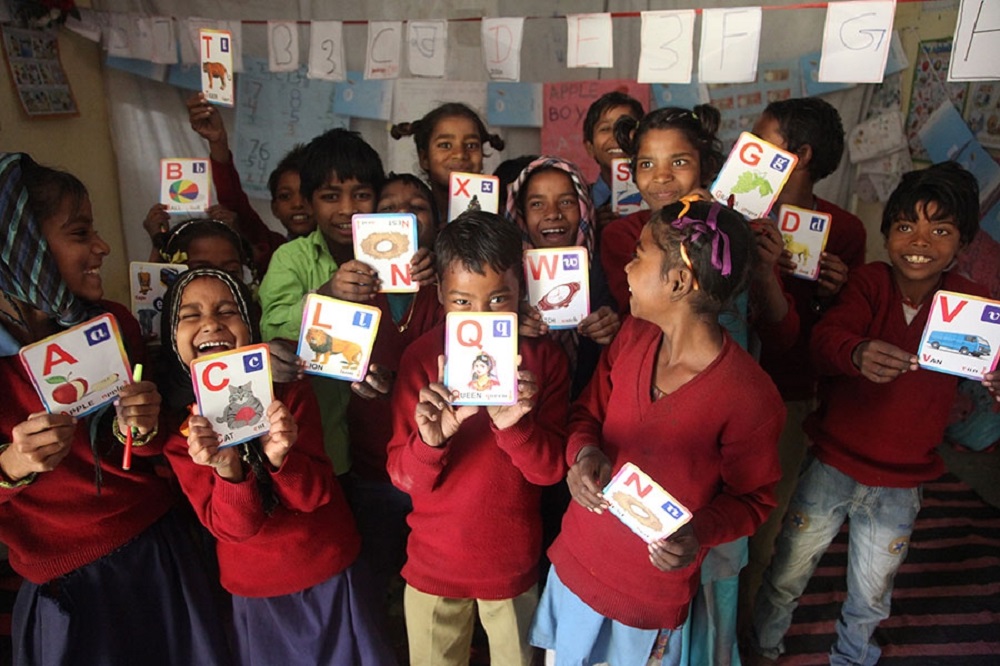Access to quality education is a fundamental right that should be available to every child. Regardless of their background. Unfortunately, underprivileged children often face significant barriers to accessing and receiving quality education. In this blog of Fikrah, we will explore effective strategies to bridge the education gap. We will also look at how to provide quality education for underprivileged children.
Importance of Quality Education for Underprivileged Children:
Quality education is a powerful tool. It can break the cycle of poverty and empower underprivileged children. It equips them with essential knowledge, skills, and opportunities for a brighter future.
Identifying Barriers to Education:
To bridge the education gap, it is crucial to identify and address the barriers. That hinders underprivileged children from accessing quality education. These barriers may include financial constraints, lack of resources, inadequate infrastructure, and societal biases. As well as limited awareness about available educational opportunities.
Addressing Financial Constraints through Scholarships and Grants:
Establishing scholarships and grants aimed at underprivileged children can help reduce financial barriers. Thus ensuring their access to quality education.
Community Engagement and Collaboration:
Engaging parents, local leaders, and community members fosters a supportive educational ecosystem. Collaboration with various stakeholders can address challenges. Such as transportation, nutrition, and access to learning resources.
Leveraging Technology for Remote Learning Opportunities:
Utilizing technology, such as providing access to computers and internet connectivity, enables underprivileged children to access educational content. Thus overcoming geographical barriers.
Creating Safe and Supportive Learning Environments:
Creating inclusive and safe learning environments is crucial for underprivileged children. Schools and educational institutions should be free from discrimination, violence, and bullying. Fostering an environment conducive to learning.
Empowering Through Mentorship Programs:
Mentorship programs connect underprivileged children with role models who can guide and inspire them. Mentors provide support, guidance, and encouragement. Thus empowering underprivileged children to overcome obstacles and reach their full potential.
Advocacy for Policy Changes:
Advocating for policy reforms, increased government funding and fair distribution of resources is essential. To create an inclusive education system that provides quality education for underprivileged children.
Click here to know more about “Top 10 Education NGOs rejuvenating education in India”
Conclusion:
Bridging the education gap for underprivileged children requires a comprehensive approach that addresses financial constraints, fosters community engagement, leverages technology, creates safe learning environments, promotes mentorship, and advocates for policy changes.
By investing in their education and breaking down barriers, we can empower underprivileged children to succeed and contribute to society. Providing quality education is not only a matter of justice but a step towards building a more fair and inclusive future for all.

